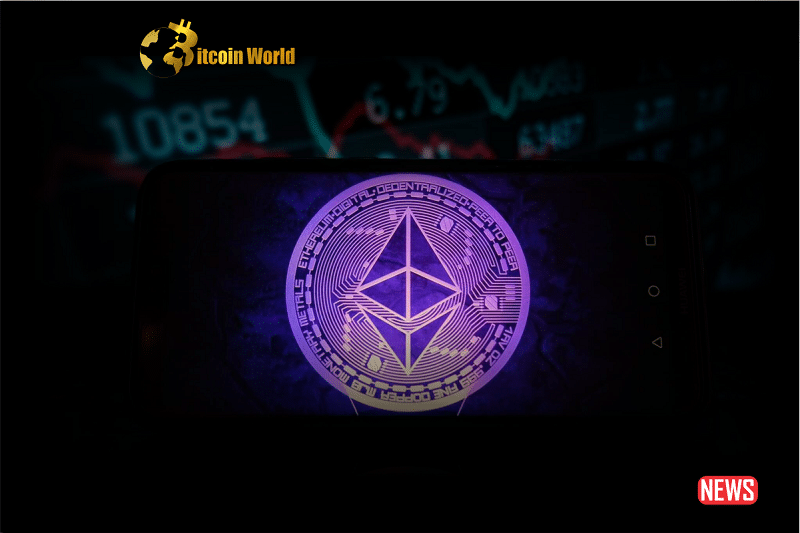The recent clash between Binance, Coinbase, and the US Securities Exchange Commission has profoundly impacted the cryptocurrency industry, causing widespread turmoil. One of the notable consequences was a significant decrease in the availability of Bitcoin (BTC) and Ethereum (ETH) on the Binance platform, indicating a loss of investor confidence in centralized exchanges (CEXes).
A tweet from Glassnode shed light on the aftermath of the SEC incident, revealing that investors had actively withdrawn their ETH and BTC from Binance. The tweet disclosed that the balance of Ethereum on the platform had dwindled from approximately 4.56 million to 4.2 million, signaling a lack of trust in CEXes. To safeguard their holdings, investors began shifting their assets to self-custody options or decentralized exchanges (DEXes), a trend evident from the data provided by Dune.
Following the decline, the volume of ETH traded on DEXes experienced a notable upturn. ETH’s DEX volume has displayed an upward trajectory across various projects, including Curve (CRV) and Uniswap (UNI), since June 11th. Interestingly, Ethereum emerged as the top revenue generator in the first quarter, driven by its extensive usage and gas fees. A recent tweet by Messari revealed that Ethereum’s revenue reached a staggering $457 million, almost 2.8 times higher than the combined revenue of all other featured layer-one blockchains.
However, the second quarter of this year presented a different picture. Data from Token Terminal indicated a decline in ETH’s revenue. After a spike on May 5th, Ethereum’s revenue sharply plummeted, raising concerns about the blockchain network’s overall health. Despite the decline in revenue, ETH’s price moved in the opposite direction. According to CoinMarketCap, ETH’s price witnessed a nearly 2% increase in the past 24 hours and was currently trading at $1,665.31, with a market capitalization exceeding $200 billion.
CryptoQuant’s analysis suggested that Ethereum’s Relative Strength Index (RSI) indicated an oversold position, potentially increasing buying pressure and the token’s price. Furthermore, Ethereum’s exchange reserve remained healthy, implying no significant selling pressure on the token. A glance at ETH’s daily chart hinted at the continuation of the upward trend, as market indicators favored the bulls. The Moving Average Convergence Divergence (MACD) displayed a bullish signal in the market.
On the other hand, Ethereum’s Chaikin Money Flow (CMF) showed a minor decline, and the Exponential Moving Average (EMA) Ribbon indicated that bears were exerting influence, given that the 20-day EMA remained below the 55-day EMA.














